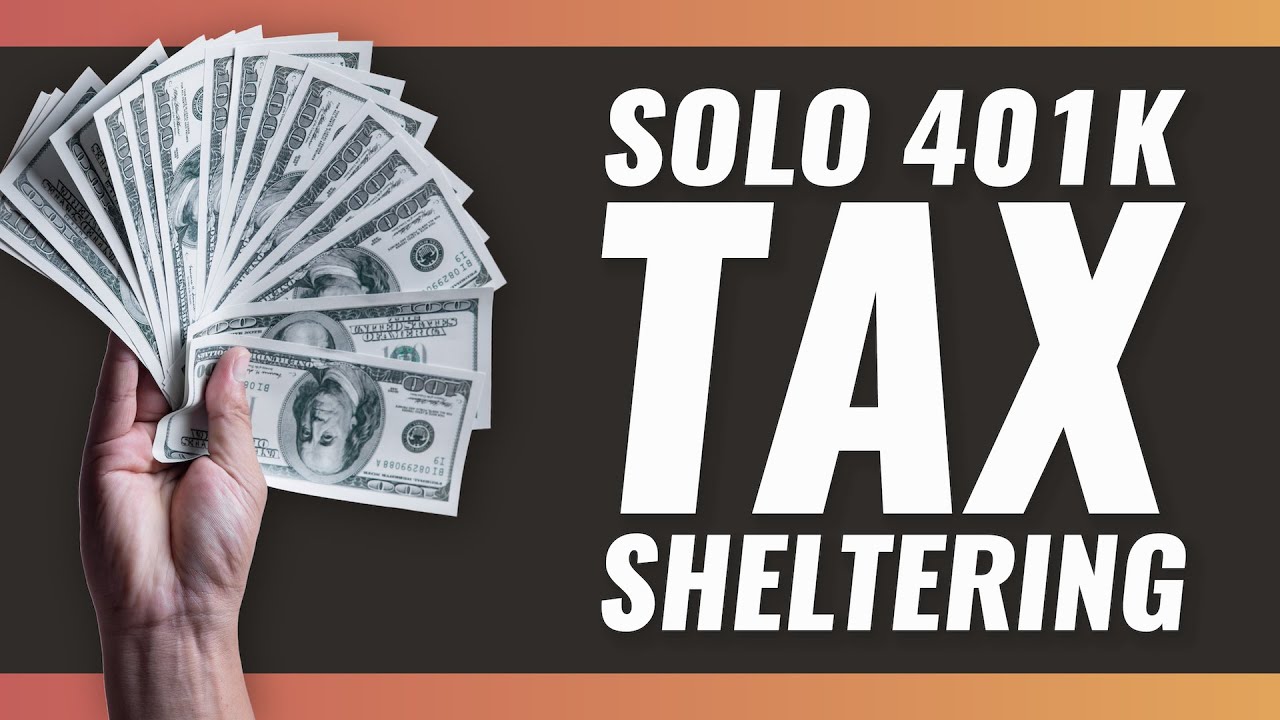IRA Rollovers, Explained
An IRA rollover is a transfer of funds from one retirement account a traditional IRA or Roth IRA.
IRA Rollovers are defined as tax-free transfers of retirement from one type of investment account to another. Rollovers were originally introduced to increase the mobility of qualified plan funds for employees moving from one job to another.
You can find the basic provisions governing rollover transfers here. These provisions cover transfers from one IRA to another, transfers from qualified pension, profit-sharing, stock bonus, and annuity plans to IRAs, and transfers from IRAs to qualified plans.
There are a few rare exceptions to the rollover rules. For example, in certain situations, an IRA can make a rollover distribution to a health savings account (HSA).
In other words, if you receive a distribution from a qualified plan (such as a 401(k)), you might decide to put some or all of the distribution amount into an IRA. The IRA that receives the qualified plan distribution is called a rollover IRA.
You can do this either through a direct transfer or via check. If you do a rollover via check, your custodian will write you a check, which you will then deposit into the other account.
How Often Can I Do a Rollover?
The privilege of rolling over from IRA to IRA may be exercised only once in a 12-month period.
Can You Rollover Funds From a Traditional IRA to Another Traditional IRA?
Yes, as long as the money being moved is withdrawn from your old account and deposited in another account within 60 days. Failing to follow this rule can cause your rollover to lose tax-deferred status and cost you big time.
This rule operates on an all or nothing basis. The entire amount received from your old IRA must be transferred to the designated IRA. If you pocket anything, the rollover rule does not apply, and everything received from the old IRA, including any amount transferred to another IRA, is treated as a taxable distribution.
What If I'm Transferring Property That Isn't Money?
If property other than money is received from your old IRA, that property, (not substitute property of equal value or the cash proceeds of the property's sale), must be included in the transfer to the new IRA.
Note: According to our friends at the Tax Court, the rollover contribution must be of cash if the distribution is in cash.
Can I Rollover Funds From a Qualified Plan to a Traditional IRA?
Yes. A qualified plan (or annuity participant) can roll over any distribution other than a distribution that:
- Is part of a series of payments over a period of at least 10 years
- Is a distribution required by the minimum distribution rules.
- Is a hardship distribution.
Note: An employee's surviving spouse may also roll over a similar distribution received on account of the employee's death.
Can a Traditional IRA be Rolled Into a Qualified Plan?
Yes. Within 60 days after the distribution, an IRA can be rolled into an eligible retirement plan for the distributee's benefit.
The term “eligible retirement plan” includes:
- Qualified pension.
- Profit sharing.
- Stock bonus.
- Annuity plans.
- Tax deferred annuities.
- Eligible deferred compensation plans maintained by state and local governments and their agencies.
A rollover contribution must include the entire amount received in the distribution, but it may not exceed the portion of the distribution that, in the absence of the rollover, would be included in the distributee's gross income.
Can I Rollover a Traditional IRA I inherited?
No, usually. A taxpayer whose interest in an IRA is as a beneficiary of the person who created the IRA is usually denied the privilege of rolling over tax free from the IRA to another type IRA or a qualified plan or tax deferred annuity.
Rare exception: a surviving spouse may roll over to another IRA but not a qualified plan.
So why isn't this usually allowed? Because the tax allowances for IRAs (including an IRA’s tax exemption) are intended to encourage saving for the retirement of the contributor and surviving spouse.
Blame Congress. They're the ones who decided it was inappropriate to allow the tax exemption to be prolonged by rollovers after the contributor has died and the account has passed into the hands of a person other than a surviving spouse.
Are There Reporting Requirements For Traditional IRA Holders?
Yes. But don't worry, it's not that bad! (Hopefully you have someone else doing the paperwork for you.) Individuals maintaining IRAs and surviving beneficiaries under IRAs must usually file an annual information return on Form 5329.
Also, an individual maintaining an IRA must make an information filing for each year in which a nondeductible IRA contribution is made or a distribution is received from an IRA.
The filing, which must be included with the individual's return for the year, must disclose the following:
- The amounts of the non-deductible contributions for the year.
- The distributions received from IRA's during the year.
- The total balance in all of the taxpayer's IRAs at the end of the year.
- Other information the Treasury might require by regulation (this varies).
What Will The IRS do if You Fail To File Properly?
A $50 penalty is assessed for not filing, unless you can justify why you didn't. Also, because non-deductible contributions are recoverable tax free upon distribution, the IRS will want $100 if these contributions are overstated in the return and you, the taxpayer, cannot justify the overstatement.
I hope this article answered any questions you may have had. If you have any questions about IRA rollovers feel free to ask me, I'd love to help you.

